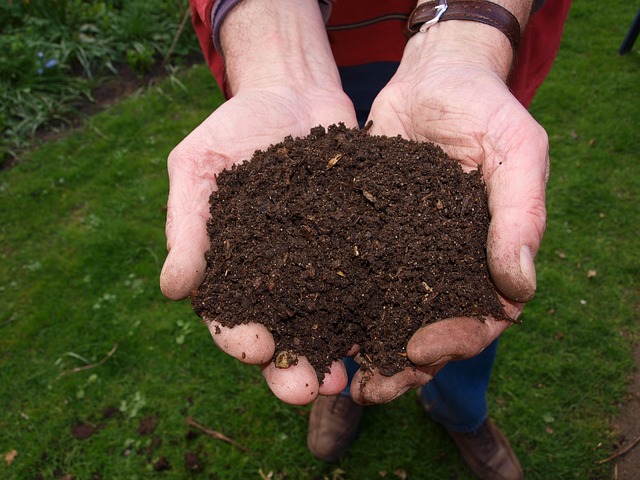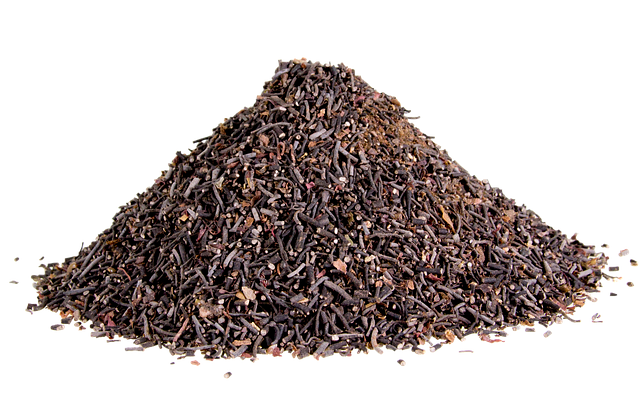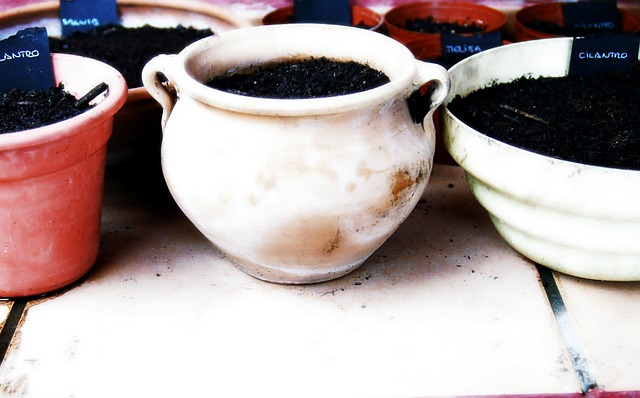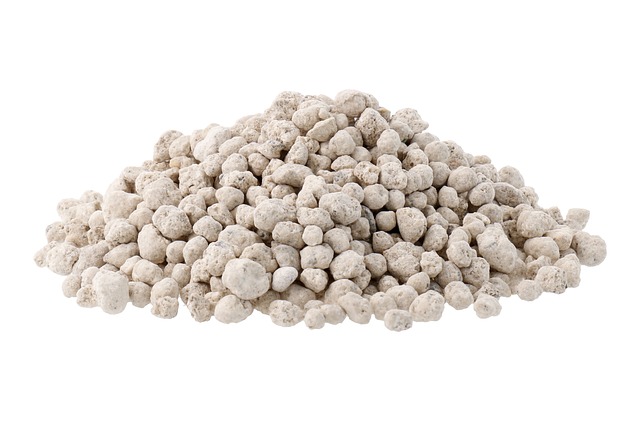How to Compost Garden Soil: Step-by-Step Guide
.png)
Any gardening enthusiast knows that fertilizing their garden soil is extremely important.
If not, the plants will not have the necessary nutrients to grow and will end up wilting.
But when it comes to getting down to work, doubts arise.
For example:
-
How many times a year do you have to do it and when is the best season?
-
What process must be followed to fertilize the soil?
-
Is it the same as for fertilizing the lawn or potted plants?
If you also have these questions, do not worry, because we are going to answer them in this same post.
Ready? Then let’s go.

Why is it necessary to fertilize the garden soil and when is the best time to do it
Have you ever noticed the floor of a forest?
Life is usually overflowing at the foot of the trees. There are hundreds of small plants, moss on the trunks, fungi that sprout between the roots and are responsible for decomposing the litter.
It is an environment very rich in organic matter and it is continuously recycling itself. That is why the plants in the forest do not need to be fertilized.
But when we bring them to our garden (especially if we also have them in pots) it is different.
The garden soil is not renewed or receives decomposed organic matter. For this reason, over time the nutrients are completely absorbed by the plants.
The fertilizer serves to return nutrients to the soil and help our plants to grow more vigorously.
And when is the best time to apply this fertilizer?
We usually do it once a year in one of these two seasons:
-
Spring: when the plants wake up from winter dormancy so that they regrow more strongly and display their flowers during the following months.
-
Fall: a slow-release compost will give your plants the nutrients they need to survive the cold of winter.
The reason is that in these two periods is when the weather conditions are better. It is not too hot yet and also the soil does not have a very high level of humidity.
How to fertilize the different elements of the garden
At first glance, the fertilization process seems very simple.
However, depending on where you have your plants planted, you will have to do it in a certain way.
So we can distinguish between:
-
Fertilize the soil.
-
Compost the pots.
-
Fertilize the lawn.
Let's look at each case separately.
1. Fertilize the garden soil
These are the steps to follow with the plants that you have planted in the ground.

A. Remove weeds and clear the soil
Whether you choose to fertilize in spring or fall, your garden is most likely full of litter and, in some cases, opportunistic weeds that have sprouted among your plants.
These grasses invade the space of others and compete for nutrients in the soil. That is why it is important to eliminate them, either by hand or with a selective herbicide.
Once you have removed the weeds, the next thing is to rake the garden to remove all organic debris that may hinder the fertilization process.
B. Apply the compost
Remove the soil and mix it with organic matter, such as mulch or compost.
These mixtures, which you can buy in ready-made bags, fulfil the same role as litter and organic debris on the forest floor: to return nutrients to the soil.
The difference is that these compounds do not need to be decomposed by fungi (which could colonize your plants and make them sick).
C. Water in depth
As the last step, once the compost is well distributed, open the sprinklers to soak the soil (always without flooding). The water will make the compost mix with the soil and reach the roots of the plants better.
2. Fertilize the pots
We now turn to the plants we have in pots.
These plants are in a smaller amount of soil, so the application of the compost in their case is a little different.

This is what you have to do:
-
Empty the pot: when the substrate of a pot runs out, it is usual to replace it with another. At this time we can also take the opportunity to transplant the plant into a larger pot.
-
Put gravel in the bottom: this way the water will drain between the stones, and we will prevent the roots from puddling.
-
Add the substrate: either universal or one specific to the type of plant you want to plant. Then put the root ball in the pot.
-
Put the compost: apply the mulch around the root ball and press it with your fingers to settle it.
The last step is to water generously. In this way, the water will dissolve the soil in the root ball, the substrate and the mulch and mix well.
3. Fertilize the lawn
Of all the plants in the garden, the lawn can be the most complex to fertilize, mainly because of its extension. But if you follow these steps it will be easier for you.
Remember that if the soil is compacted, the first thing to do is scarify it and aerate it so that the compost penetrates the soil better.

A. Start by making passes
In this case, we will use a slow-release fertilizer. This way the effect will be gradual and the grass will not grow as fast, so we will not have to constantly mow it.
What we will do is skirt the entire perimeter of the lawn with compost (being careful not to get out) and then make perpendicular passes over the entire surface of the garden.
B. Spread It Evenly
The next thing is to spread the compost evenly over the lawn.
The important thing here is that you don't overdo it. It is even preferable to stay short instead of concentrating too much compost in one spot because that could cause the leaves to burn.
If you have a large area of grass, you can use a special fertilizer spreader that ensures that the compost is distributed evenly over the entire surface.
C. Water when done
Again, the last step is a deep watering that allows the compost to settle.
If you need help choosing your compost, we can help you.
This is just a brief overview of the entire process to follow to compost the soil in your garden.
However, you may have doubts about how to apply the compost, or even about which one is better depending on the type of plant you have planted.
In that case, we can help you.
Keep in mind that we have been caring for gardens of all kinds for more than 30 years, so we know very well the specific needs of each species. If you need some advice, just click here and get in touch with us.
Keeping your plants healthy and happy is our speciality.

 English
English Spanish
Spanish